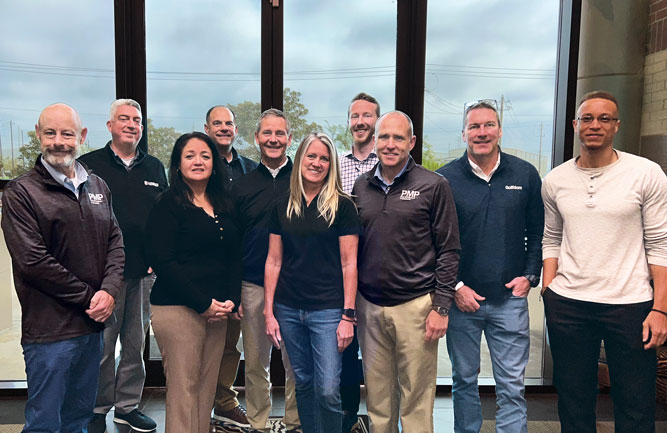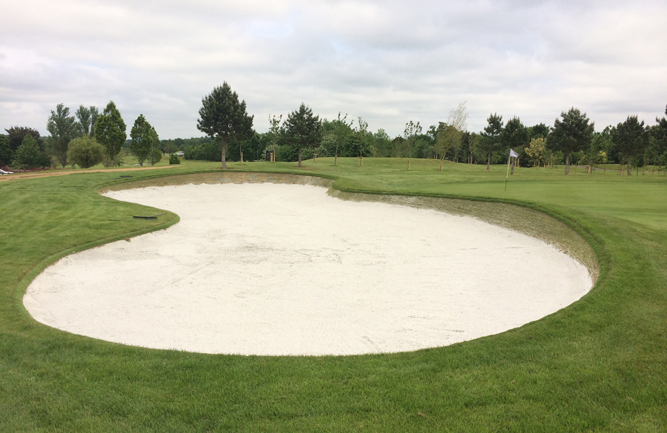Talking golf’s future, challenges with Jim Moore
Jim Moore is director of education for the USGA Green Section. He began his career in the golf industry as a superintendent and has worked with the USGA for more than 30 years. Jim is retiring June 1, 2016, and I thought it would be a good time to catch up with him and get his take on the future of the golf industry. You can reach Jim at jmoore@usga.org for more information.
![Jim-Moore-2[1]](https://www.golfdom.com/wp-content/uploads/2015/09/Jim-Moore-21.jpg) Q: What are the biggest advances in golf course maintenance you have seen during your career?
Q: What are the biggest advances in golf course maintenance you have seen during your career?
The vast increase in knowledge by superintendents and their desire to keep learning is the most striking advancement. The formal education and internship experience by those entering the profession is so much improved compared to when I started in the business. Plus, the opportunity to gather information online is an incredible resource.
Improved irrigation control is the second biggest advance that I have experienced. Personal computer control of the irrigation system that allows for flow management, global adjustment and variable frequency drive are just a few benefits. We still need to change our thinking from minutes of irrigation applied to amount of water applied (precipitation rate) and make much greater use of ET data.
Improvements in aerators and topdressers are third on my list. The equipment is faster, more reliable and with many more options to address specific needs on the golf course.
Q: What are the greatest challenges facing golf course maintenance?
Water and dollars. Golf is dependent on affordable — and in many cases, cheap or no cost — plentiful water. This luxury is most likely not going to last, at least not in many areas of the country. The cost of maintaining golf courses at the level expected by today’s golfers is, in a rapidly growing number of cases, not a sound business model.
Q: If you were czar of golf, what changes would you make to the game?
I would try to get golfers to accept that sand bunkers are a hazard, and it is not reasonable to expect a perfect lie in a hazard. The amount of money spent maintaining sand bunkers is staggering.
I am pleased that the leadership of the game, which is the USGA and the R&A, are open to considering changes to the game, rules and championships. They are addressing pace of play, expense to maintain a golf course, and (are) ensuring that golf courses are good environmental stewards.
Q: If you were the czar of golf, what changes would you make to golf course maintenance?
I would encourage those in a leadership role at the golf course to prioritize the areas of the golf course that are most important to the play of the game, and to spend their money making the high-priority areas great. During my UGSA course consulting visits I would frequently ask those taking part in the visit to prioritize the areas of the golf course. The stock answer was greens, tees and fairways.
I think that greens, approaches, green surrounds and greenside bunkers are the highest priority, since the majority of strokes are played on or near the green. Have great greens and green complexes. Spend your money on great greens and green complexes.
Too many golf courses are acceptable everywhere on the course, but are not great anywhere.
Q: Is there anything else you would like to add?
The most important thing I learned is that Turf 101, including ample sunlight, good drainage and good air movement, will solve 90 percent of the problems encountered on a golf course. Diagnosing the problem often is straightforward. Implementing the solution may be difficult. We often seek complex answers while overlooking the basics.










